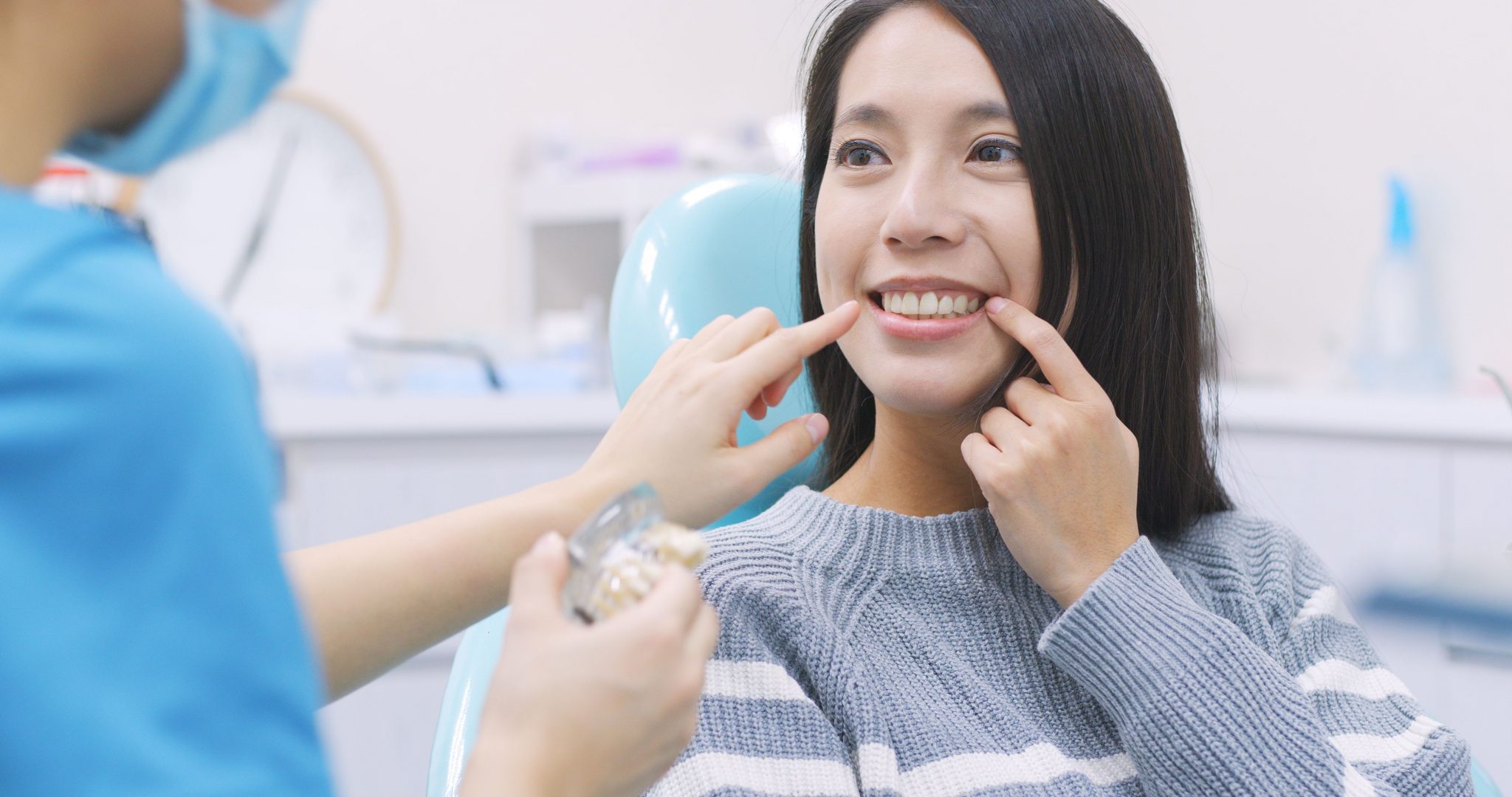The purpose of modern orthodontics is not only to ensure complete alignment of the dentition, but primarily to ensure the most functional and advantageous position of the teeth, which is also optimal for the contour of the smile line and the external profile of the face as a whole. Patients with the short type of face are among the most difficult to rehabilitate, since the dental problems they have are complex and affect both the function of the maxillofacial apparatus and the appearance of the smile and facial profile. Clinically, in patients with a short type of face, there is a decrease in the height of the lower third of the face (VNTL).
Treatment of short face syndrome in adult patients
Moreover, more often this reduction becomes visually visible due to the violation of harmony in the proportional division of the face into three parts, rather than due to the actual shortening of its lowest component. Patients with a short type of face in the frontal region are characterized by its wide and square shape, while the profile of their chin with deep folds of lips and a well-developed chewing muscle is noted in their profile. During an oral examination in such patients, variable dentoalveolar disorders are noted, which, as a rule, include crowding of the teeth, signs of excessive abrasion, supercuts in the area of the mandible incisors with a deep-set mandibular curve. Earlier in the literature it was reported that patients with a short type of face can also be diagnosed with a deep skeletal bite, face hypodivergence and deficiency of vertical parameters of the upper jaw. In fact, the clinical manifestations of short face syndrome are varied and individual, depending on the etiology of the development of each of its components.

Traditional treatment options
Currently, any dental treatment for patients with short face syndrome involves an increase in the height of the lower third of the face, which allows us to normalize not only functional parameters, but also aesthetic criteria of the facial profile. According to the literature, there are at least three classical approaches that can be used in the structure of the protocol for the rehabilitation of patients with VNTL reduction. The first approach provides only orthodontic treatment using fixed orthodontic appliances, which provide extrusion of distal teeth; therefore, it increases the vertical parameters of the occlusion, visually lengthen the face and correct existing occlusal disorders. This approach is often ineffective due to the inability to control dynamic changes in the proportions of the face.
The second approach involves the implementation of both orthodontic and orthognathic methods of treatment. Despite the fact that this strategy allows you to solve the problems of aesthetics of the face and smile, aspects of the aesthetic correction of the anterior teeth – each individually, remain unresolved. In addition, iatrogenic surgery is associated with a number of other potential complications. The third approach involves only aesthetic correction of the lower third of the face through botulinum toxin injections in the masticatory muscles, augmentation of the chin area with autologous fatty material, contouring of the lower jaw angle region due to reduction and possible genioplasty procedure. It is clear that with this treatment, the issues of the aesthetics of the smile and the aesthetics of each individual tooth remain unresolved.
None of the above methods alone can completely solve the complex of disorders associated with short face syndrome. That is why the interdisciplinary approach (MP) is the only rehabilitation option that can achieve an effective result. Traditionally, the treatment of short-face syndrome MP includes the orthopedic phase, the specifics of which are based on the particularities of the dental status of each individual patient, but it does not provide opportunities for analyzing the correct position of each individual tooth, as important components of the aesthetic smile line.
Modern MP rehabilitation is primarily aesthetically oriented (EMF) and involves the implementation of all aspects of treatment, based on the primary etiology of the main violation, which allows to achieve the most optimal correction of not only aesthetic changes, but also functional parameters. In the process of diagnosis, the doctor must evaluate not only the proportions of the face, the external profile of the smile and the condition of the hard tissues of the teeth, but also the general skeletal relationship of the jaws, the components of the occlusal scheme, the patterns of the relative position of the nose/lips/chin, the functional airway and the position of each individual tooth.


